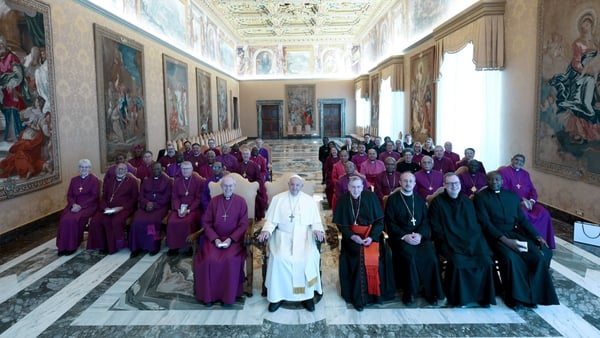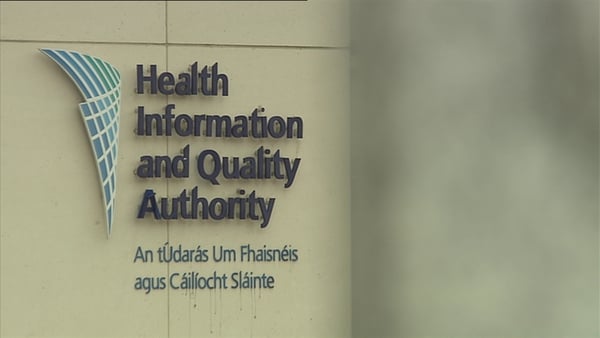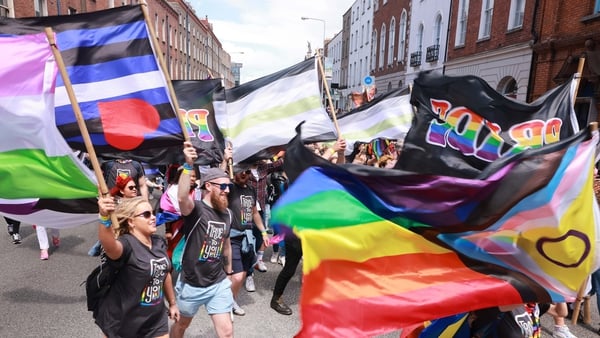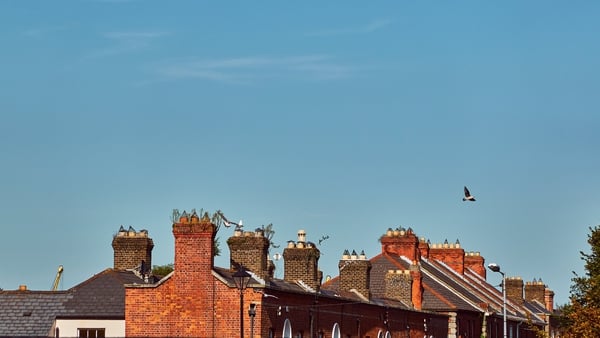The latest Census figures show that there were 5,149,139 people in the State on Census night, which took place in April last year.
That is an 8% increase on April 2016 figures.
The Census population of 2022 summary results also show the average age of the population increased from 37.4 in 2016 to 38.8 in 2022, compared with 36.1 in 2011.
The number of people with dual Irish citizenship was 170,597, which represents a 63% increase from 2016.
There was a drop from 87% to 83% in the proportion of people who reported their health was good or very good since 2016.
Approximately a third of all workers (747,961 people) worked from home for at least some part of their week.
The proportion of the population who identified Roman Catholic as their religion fell from 79% in 2016 to 69% in 2022.
More than 700,000 people indicated that they undertook voluntary work, and of those, nearly 300,000 people volunteered in a sporting organisation.
Almost 80% of households had a broadband internet connection in 2022 up from 71% in 2016.
Population changes
Ireland's population increased by 8% (387,274 people) to 5,149,139 in the six years between April 2016 and April 2022.
All counties showed population growth from 5% in Donegal, Kilkenny, and Tipperary, to 14% in Longford.
The east showed strong growth with Meath at 13%, followed by Fingal (12%) and Kildare (11%).
Population by age and sex
The highest increase in population was seen in the over 70s at 26%, while there was a 4% fall in the numbers of people aged 25 to 39.
The average age of the population increased from 37.4 in 2016 to 38.8 in 2022, continuing the aging population trend from 2011, when it was 36.1.
There were 2,544,549 males and 2,604,590 females in the State, which is 98 males for every 100 females.
Citizenship
Irish and dual-Irish citizens made up 84% of the population.
The number of non-Irish citizens increased since 2016 and now stands at 631,785, which represents 12% of Ireland's usual resident population.
The number of people who recorded dual Irish citizenship was 170,597, representing a 63% increase from 2016.
General health
The proportion of people who reported their general health status as either very good or good fell from 87% to 83% between 2016 and 2022.
Apart from those aged 75 years and over, all other age groups reported a shift from good to less good health.
In 2022, 52% of people aged 35 to 39 reported very good health, compared with 61% in 2016.
Religion
There was a fall in the proportion of the population who identified as Roman Catholic from 3,696,644 (79%) in 2016 to 3,515,861 (69%) in 2022.
The No Religion category increased from 451,941 people to 736,210.
The Church of Ireland category showed little change, but remained the second largest religious category with 124,749 people (2%).
Tenure
The number of households who rented their accommodation from a private landlord rose by 7% to 330,632 between April 2016 and April 2022.
Working from home
Nearly 750,000 people, a third of workers, indicated that they worked from home for at least some part of their week.
Four out of five business, media and public service professionals availed of home working.
The proportion of workers in the science, research, engineering and technology professionals group who ever worked from home was also high at 78%.
Commuting
The number of people who drove to work increased by 4% to 1.2 million between 2016 and 2022.
There was a 7% increase in the number of people who cycled to work, bringing the number to more than 60,000.
There were 4% fewer people commuting to work by train, Luas or DART.
Broadband
Almost 80% of households had a broadband internet connection in 2022 up from 71% in 2016 and 64% in 2011.
Disability
The number of people who reported experiencing at least one long-lasting condition or difficulty to a great extent or a lot was 407,342 (8% of the population).
A further 702,215 (14% of the population) reported a long-lasting condition or difficulty to some extent or a little.
Carers
The number of unpaid carers increased by 53% to more than 299,000 between 2016 and 2022.
There were increases in the proportion of the population providing unpaid care across most age groups.
People aged between 50 and 59 were the group most likely to be providing regular unpaid care.
It should be noted that there were a number of changes to the question on unpaid carers on the 2022 Census form, which may affect comparability with the previous Census.
Marital status
Single people aged 15 and over made up 43% of Ireland's population, compared with 41% in 2016.
There were more single men (52%) than women (48%).
Married people, including those who were re-married, and people in a same-sex civil partnership, accounted for 46% of the population aged 15 years and over, down from 48% six years ago.
Volunteering
In April 2022, 711,379 people reported that they regularly engaged in volunteering activities.
The largest numbers of volunteers were in Sport followed by Community, Social/Charity, Religious and Political areas.
Males were most likely to volunteer in a sporting organisation, while females were more likely to volunteer in their community.
Childcare (under the age of 15)
Just under one in three children under the age of 15 were in childcare in 2022.
The most common type of childcare used was a creche or a similar facility. These provided care to 139.899 children in April 2022.
The second most common type of childcare was provided by an unpaid relative or family member to 92,118 children.





